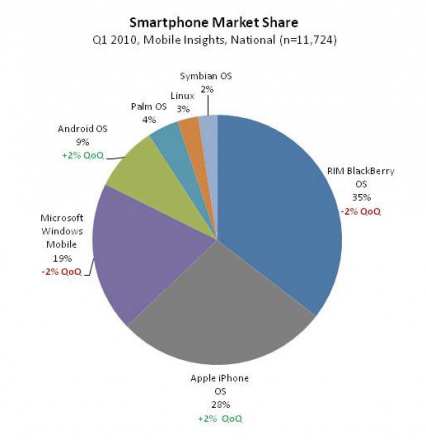Six months ago IDC predicted 300k apps before end of 2010.
Here is a quick mid-year check: As of today there are around 215k available, with 250k likely approved by the end of WWDC.
These are the stats from three app store tracking spiders:
Apple’s WWDC banners proclaim 200k apps which was the last public count stated at the April iPhone OS 4.0 launch event.
Looks like IDC’s forecast will not be a stretch especially as the new iPhone will create a new wave of apps.
Also noteworthy is the nearly 10k iPad apps available in less than 3 months. The original iPhone reached 10k apps in about six months.


